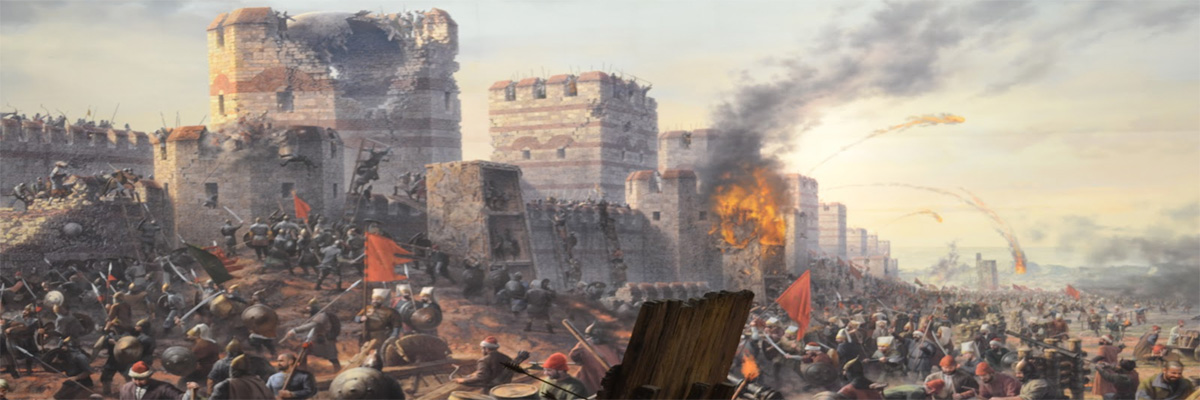It's actually a bit of a myth that the wall failed, it withstood the Mongol / Steppe empires for 2,700 years and every time it was 'breached' was when the dynasty was stagnating/ collapsing from within and the generals bribed/ defecting, letting the Steppe armies (Mongols, Jurchens and Manchurians) through the passes.
Kublai Khan was the only one who managed to succesfully breach it (after 5 years planning) and maintain an incursion, by capturing three fortresses and employing a defecting Chinese army (the Jin Dynasty); it took them 60 years to conquest China, after which the Mongol (Yuan) Dynasty let the wall go to rot as of course there was no longer a need to defend the territory, from themselves. After their own fall 50 years later, the conquering Ming rebuilt the present incarnation of the wall you see today, which was later bribed to get past, and technically never 'fell'.
https://en.wikipedia.org/wiki/Ming_G...ll_of_the_Ming
https://www.travelchinaguide.com/chi...nghis-khan.htm
Fun fact, the wall was originally built as China's cavalries were weak compared to the Steppe armies, due to a regional lack of potassium in the soil that normally makes horses stronger. This is also a reason why the Chinese empire never extended ever westward, and why gunpowder rose to the fore as a weapon (though it became so dangerous in society they declared a moratorium. However, once the Mongols got their hands on it... the rest is history. City destroyers the world over).
Beijing
 https://brewminate.com
https://brewminate.com
Baghdad (world's largest city, where every inhabitant -man, woman, child, cat and dog was beheaded and a giant pyramid made of their skulls)
 https://kurdistantribune.com
https://kurdistantribune.com
Moscow -the tsar and patriarch were later rolled into a carpet and laid under a celebration tent, then slowly crushed by the partygoers.

Kiev
 https://www.slideshare.net/lodgek/ea...-from-the-east
https://www.slideshare.net/lodgek/ea...-from-the-east
Japan (considered the world's first mechanised, modern warfare in 1270 using Chinese tech and armies, but ultimately a failed invasion and now the largest naval graveyard for 4,000 ships and 140,000 men. The typhoons that scuppered the fleets each time are known as the kamikaze -divine wind)

All that's left of Merv's city walls, a city razed in Turkmenistan (rival to Baghdad as world's largest), and possible site of historys worst single massacre, of 700,000 inhabitants.
 https://i.guim.co.uk/img/media/00017...ormat&fit=max&
https://i.guim.co.uk/img/media/00017...ormat&fit=max&
3,800 temples (out of 4,500) remain as ruins of the capital of Bagan, Myanmar -once covered in gold
 https://www.flickr.com/photos/arembl/12849689915/
https://www.flickr.com/photos/arembl/12849689915/